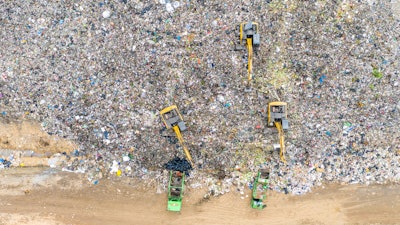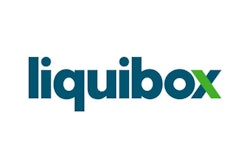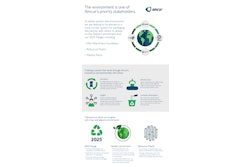According to a June 22 article by The Economist, the U.S. consumption of single-use plastic may have grown by 250-300% since the beginning of the pandemic. Consider these numbers: Grand View Research projects the global disposable-mask market will grow from an estimated $800M in 2019 to $166B in 2020; Amazon had approximately 2.5 billion customers visit in March alone, an increase of 65% from 2019; Uber Eats first-quarter sales were up 54% from 2019; and, more than 25% of China’s physical goods were bought online during first-quarter 2020, according to the Peterson Institute for International Economics. All of these figures add up to an increase in plastic and packaging. And to add fuel to the proverbial fire, the oil market crash early in the year made plastic cheaper to produce, which in turn is a disincentive to use recycled materials.
Economic Outlook: 2020 and Beyond
Even in normal times recycling faced challenges. According to a February Packaging World article on recycling, the majority of critical recycling issues in the U.S. are related to sorting and management of discarded plastics, because the capacity and capability of recycling centers is not adequate for the amount of recycling needed. And now many recyclers are closing shop during the pandemic, and even more waste is headed to landfills or incineration.
Consumer compliance and cost are other issues. With the pandemic, the amount of single use plastic and packaging is growing (think take out containers from all of the closed restaurants, water bottles and other wrapped items purchased by a virus-wary public, and a massive growth in medical waste), and if not disposed of properly by the consumer, will head for the landfill. Amazon and other e-retailers are hiring employees to keep up with the demand of consumers who are staying home and ordering what they need, and all of this additional e-commerce requires additional secondary packaging which must be properly disposed of.
Recycling has long had issues with financial feasibility. A ton of low-grade mixed plastics in CA would fetch $20 in 2017, but in 2018 it cost $10 to dispose of the same ton of mixed plastics. In 2018 China stopped purchasing the U.S. recyclable materials, increasing the amount of material that needed to be processed locally.
A pandemic-influenced drop in oil prices makes plastic even cheaper to produce, and according to a recent Wired article, as the Coronavirus has taken a toll on the price of oil, it will no longer “make economic sense for a company to process and sell recycled materials if they end up being more expensive than the virgin plastic another company is making.”
The Wired article quotes Tom Szaky, founder and CEO of TerraCycle, who says that lightweighting plastic bottles – while saving money for the manufacturer – is also creating a product that “becomes progressively less profitable for a garbage company to bother recycling.”
Like so many things, the near-term outlook for recycling and waste-processing will need to recover from the pandemic’s wave, but the future still has hope. According to a new report on Sustainability from PMMI Business Intelligence, the global sustainable packaging market is expected to grew at a CAGR of approximately 6% by 2025, reaching $280 billion for packaging that is recyclable, biodegradable, compostable or defined as green.



























